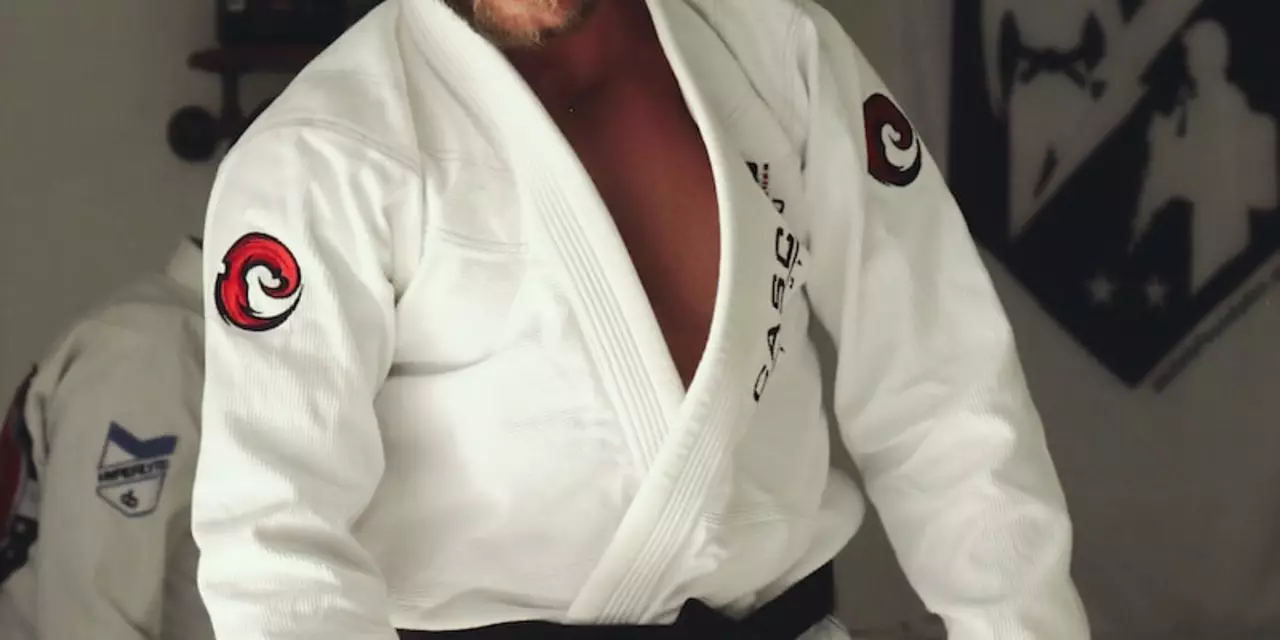Submissions – A Practical Look at Judo, BJJ and Grappling
When talking about Submissions, a set of techniques that force an opponent to concede, usually through joint locks or chokes. Also known as submission holds, they are a core part of Judo, the Japanese Olympic sport that blends throws with ground control and Brazilian Jiu‑Jitsu, a grappling art that specializes in ground‑based joint locks and strangles. Both arts treat submissions as a way to end a match safely, but they apply them in different contexts. In Judo, a clean throw often leads straight into a controlling position where a quick arm lock can finish the fight. In BJJ, you might spend several minutes on the mat working for a dominant grip before the opponent taps. Understanding how each discipline uses submissions helps you see why the technique matters across the whole spectrum of martial arts.
Why Submissions Matter for Every Grappler
Submissions encompass two main categories: joint locks, which attack the limbs or spine, and chokes, which restrict blood flow or air. These categories are the subject of many of the posts below, from debates about whether a black gi is allowed in competitions to comparisons of wrestling versus judo effectiveness. A solid grasp of submission mechanics requires body awareness, precise grip work, and timing—skills that also improve your throws, takedowns, and overall conditioning. For example, the article titled “Are you allowed to wear a black gi in judo?” shows how rules affect gear choice, which in turn influences the control you can establish before applying a submission. Likewise, “Which is the best striking art to combine with Judo+BJJ?” highlights how striking can set up openings for a submission hold by breaking an opponent’s posture. By linking gear, striking, and grappling, you get a complete picture of how submissions fit into a broader martial arts strategy.
Beyond the technical side, submissions shape competition formats. The Olympic rule that awards two bronze medals in judo, wrestling and taekwondo exists because the double‑elimination system gives athletes a second chance after a loss—often through a well‑executed submission. This structure underscores how submissions are not just a finishing move but a pathway to redemption in a tournament. Whether you’re a beginner looking for a safe way to practice control, an experienced judoka interested in blending BJJ chokes into your repertoire, or a striker seeking the most effective combo, the posts on this page cover everything from gear rules to training philosophies. Keep reading to find practical tips, myth‑busting facts, and real‑world examples that will sharpen your submission game and broaden your martial arts knowledge.
What submissions are legal in judo?
Judo is a martial art that focuses on using the opponent's power and momentum to throw them. Submissions are legal in judo, which are techniques that force the opponent to tap out or submit. These submissions include joint locks, choke holds, and strangle holds. It is important to remember that the goal of judo is to throw the opponent, so submissions should be used sparingly and only when necessary. Submissions are also prohibited if they are dangerous or cause permanent injury. Proper judo technique and etiquette must be followed when using submissions.
